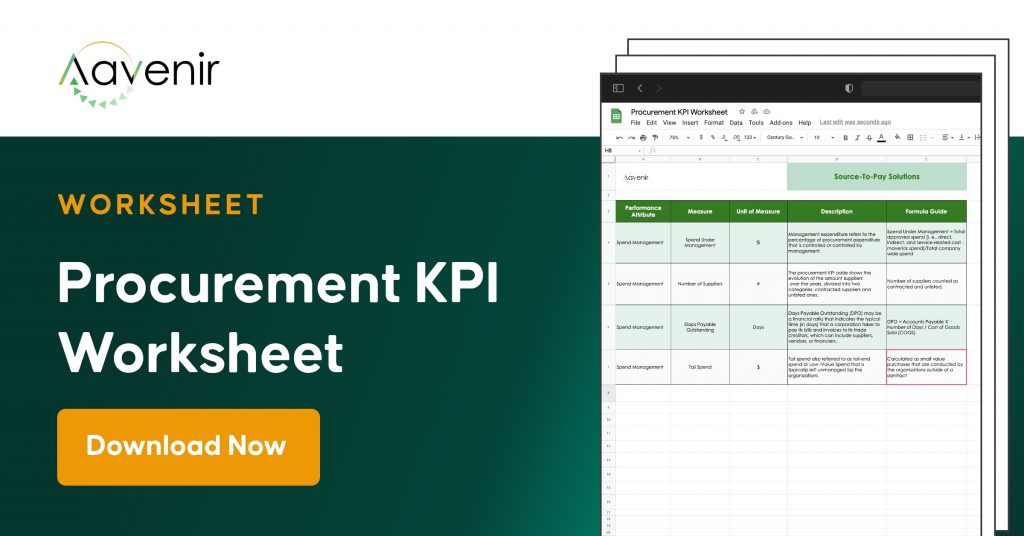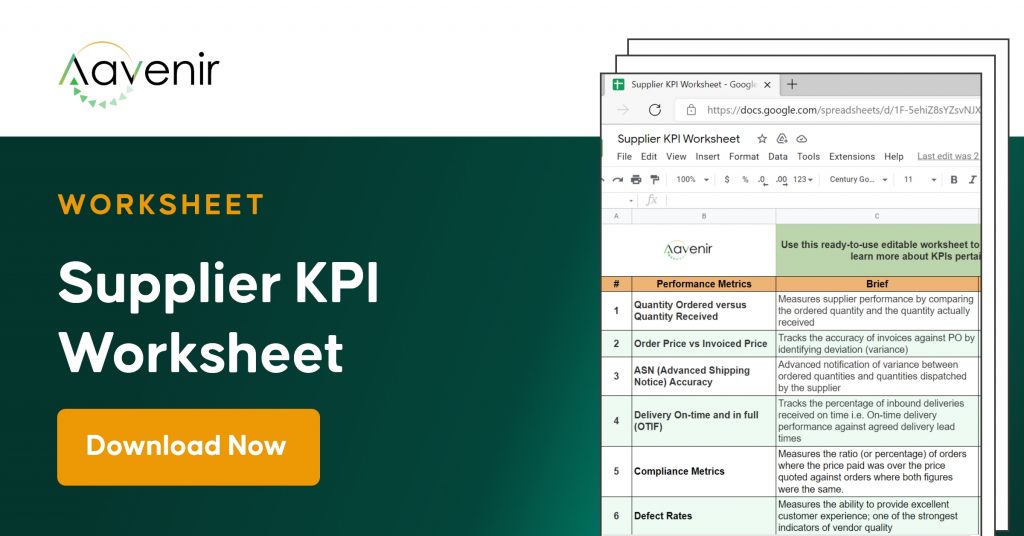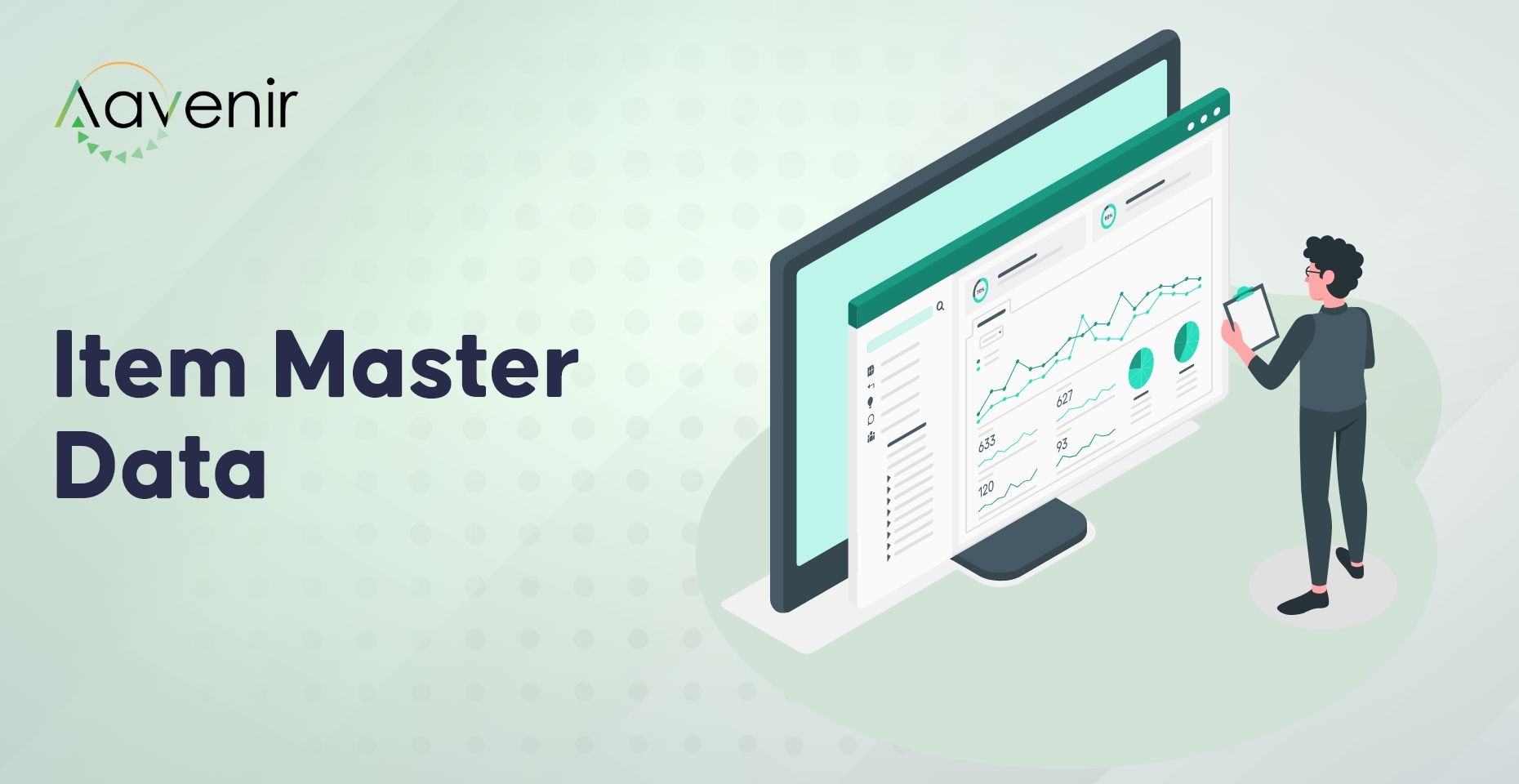What is Item Master Data?- Definition
An item master is a record of all the key information about a particular item of inventory. This could include the date of manufacture, a short description of the inventory item, its dimensions (size, weight, etc.), its cost, as well as information about current stock levels.
Careful item master management is critical to determining your company’s overall health. Supply chain experts can examine your product’s item masters and determine:
- Who are your vendors?
- What components and raw materials do you use?
- How much inventory should you have on hand?
- What should your profit margins be?

What is Item Master
An item master should exist for each product that your organization manufactures and sells. The item master is a file or record kept in your enterprise resource planning (ERP) system.
When a new product is presented to your firm, the item master should be set up. The item master should be meticulously constructed (many firms have a person whose sole responsibility is maintaining item master) and should at least have the following information:
- Item Description
- Item Name
- Order Multiples
- Cost of Goods (COGS)
- Bill of Materials (BOM)
- Manufacturing and Supply Lead Times
- Manufacturing Routers
- Safety Stock Levels (if applicable)
- Minimum Order Quantities (MOQ)
However, don’t limit yourself to just those inputs. Your ERP will have standard fields for you to fill out for your item master, but it will also have custom fields for you to utilize to customize the item master to your company’s specific requirements. The data below will be generated for you by your ERP using information from the item master.
- Purchasing Queues
- Financial Analysis
- Inventory Value
- Manufacturing Variances
- Production Job or Work Orders
- Purchase Price Variances (PPV)
How to use an Item Master?
You may never open an item master, despite the fact that it is an extremely valuable repository of information. Unless your job is to maintain your company’s item master (cleverly, the jobs are often referred to as Item Masters), you may be barred from entering and making changes to an item master.
However, if you work in your company’s supply chain function (inventory control, planning, demand management, purchasing, etc), finance, or another management area, you will be using information from your company’s item master.
The cost of goods for your products is stored in the item master. So, if you want to know the price of your inventory, multiply the number of units you have on hand by the costs listed in the item master.
Explore Additional Resources To Know More





